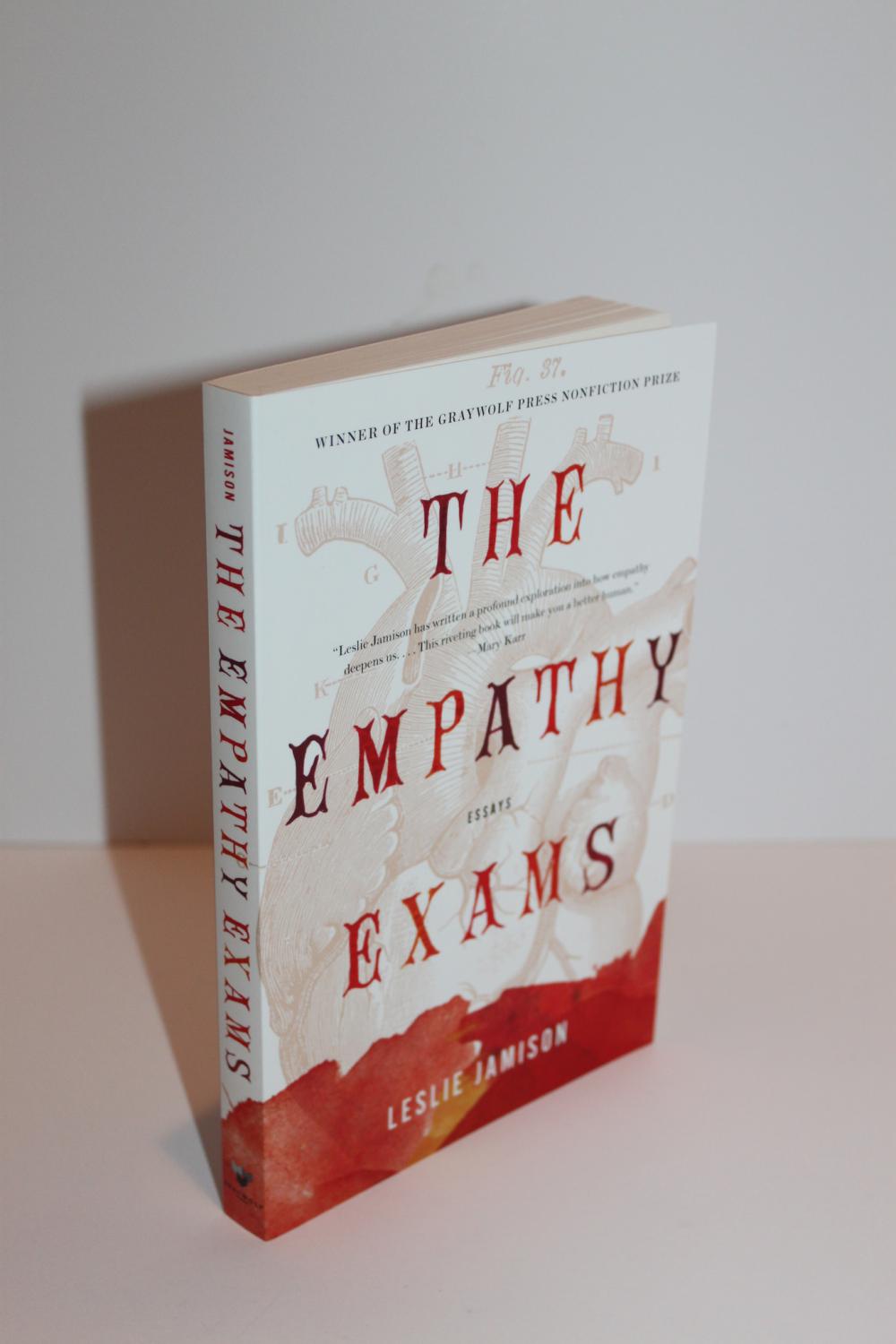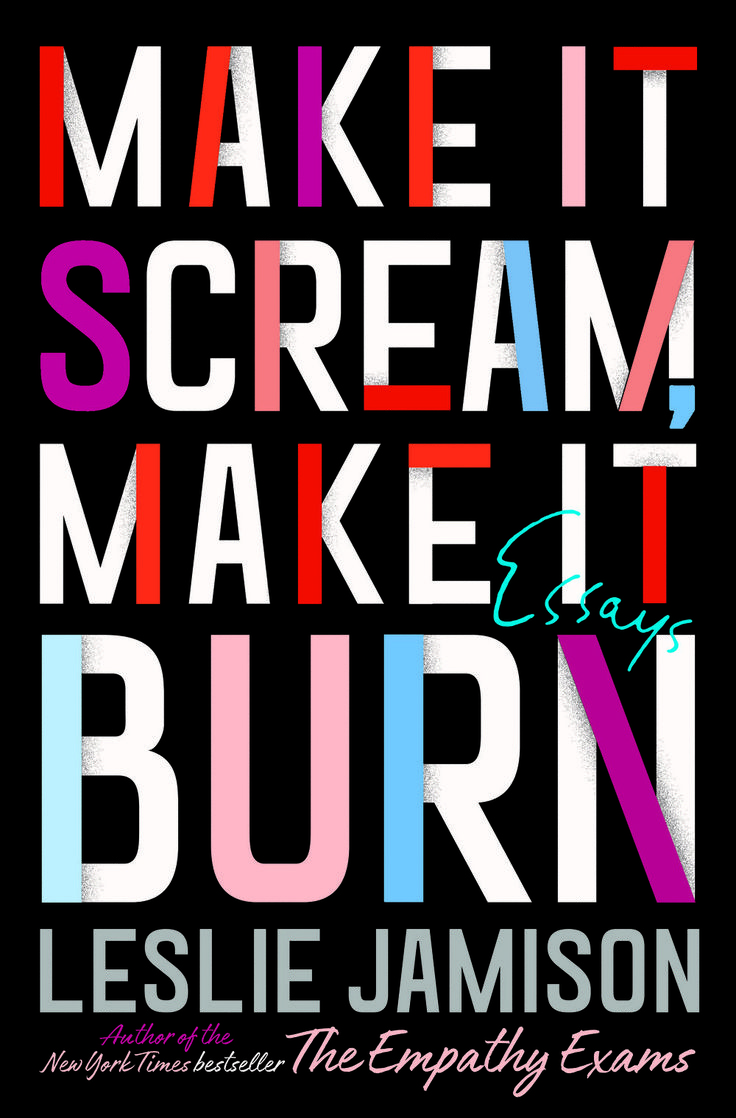

I feel how conveniently these lives could be sculpted to fit the metaphoric structure-or strictures-of the essay itself. It would be too easy to let all these faces dissolve into correlative possibility: Morgies as walking emblems for how hard it is for all of us to live in our own skin. It obscures the particular and unbidden nature of the suffering in front of me. My willingness to turn Morgellons into metaphor-as a corporeal manifestation of some abstract human tendency-is dangerous. Though I also feel how every attempt to metaphorize the illness is also an act of violence-an argument against the bodily reality its patients insist upon. This resonance is part of what compels me about Morgellons: it offers a shape for what I’ve often felt, a container or christening for a certain species of unease.


Her condition seems like a crystallization of what I’ve always felt about myself-a wrongness in my being that I could never pin or name, so I found things to pin it to: my body, my thighs, my face. (In this sense, her writing often recalls the work of David Foster Wallace, one of many influences she openly engages with throughout the collection.) Here she is, for instance, on the peculiar way she finds herself identifying with a woman named Dawn she meets at the Morgellons gathering: It’s rare, and quite thrilling, to encounter a writer who so elegantly incorporates her own writerly anxieties into her work, who is so composed and confident about the value of her own self-doubt. Jamison is fascinated by the porousness of the borders between herself and others, and by the way in which that porousness can permit the smuggling in of something like solipsism. Running through all of this, stitching it together, is a strong thread of autobiographical narrative, which becomes a sort of artful self-portraiture of Jamison’s own scarring-from an abortion, from a violent mugging in Nicaragua, from a history of eating disorder and bodily self-harm. There’s a long essay-manifesto on the difficulties of writing about female suffering-on the ease with which it can be dismissed as a cliché, and the necessity of doing so regardless. There is an essay on the West Memphis Three, who were wrongfully imprisoned in the 1990s for the supposed ritual murder of three young boys. There is a superb piece in which Jamison attends a gathering of people who suffer, or feel that they suffer, from something called Morgellons Disease, a delusional condition whereby things-often colored fibers or crystals or threads, and sometimes tiny living creatures-are imagined to emerge through the skin from inside of the body. The Empathy Exams contains pieces on poverty tourism, on visiting prisoners, on the terror and violence of the Mexican narco wars, and on the ghoulish compulsions of the addiction-centered reality show Intervention.


 0 kommentar(er)
0 kommentar(er)
